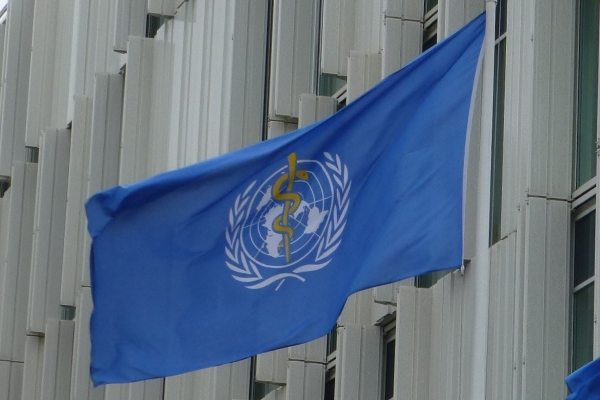
Ten per cent of the drugs in poorer countries are likely to be fake, new estimates from the World Health Organization suggest.
According to the agency, the market value of substandard and falsified medical products in low and middle-income countries is believed to be in the order of $30bn.
The main drugs affected by this “worrying problem” of substandard and falsified medical products include painkillers, antibiotics, malaria and HIV treatments, erectile dysfunction drugs, and medicines for cancer, diabetes, heart disease, and mental health, as well as vaccines.
The findings come from two reports released by the agency – one based on four years of data gathered by the WHOS’s Global Surveillance and Monitoring System for substandard and falsified medicines, vaccines and in vitro diagnostic tests (GSMS); and the other based on 100 literature reviews on data for more than 48,000 samples of medicines from 88 countries.
“If [these figures are] even approximately correct, it highlights the urgent need to address this problem,” the WHO said.
While it was hard to accurately quantify the problem, the WHO said the prevalence of substandard and falsified medicines appeared to be growing as global supply chains became more complex and e-commerce spread.
About 1,500 products have been reported to the GSMS since its launch in 2013 but the WHO said these cases “represent only a fraction of the problem”.
Vulnerable communities where access to quality medicine is constrained and where governance and quality regulations are low are the most affected by substandard and falsified medicines. This is notably seen in low and middle-income countries – most reports of dodgy drugs (42 per cent) come from the African region.
However, high-income countries are not immune, the data showed, mainly as a result of online pharmacies that easily circumvent regulatory oversight. Twenty-one per cent of reports to the WHO of suspicious medical products came from the European region.
The reports noted that while much media coverage focused on fake medicines such as slimming tablets and erectile dysfunction drugs, the WHO had received reports of substandard or falsified medical products in all therapeutic categories, covering everything from cancer medicines to contraception, from antibiotics to vaccines, and which were not confined to high-value medicines or well-known brand names. Antimalarials and antibiotics were the most frequently reported medicines to be fake.
The agency warned that the consequences of dodgy drugs included deaths from toxic ingredients added to the drugs, the failure to prevent or cure a disease, the rise of antimicrobial resistance, and general lack of faith in medicine, alongside economic and reputational damages to countries and businesses.
According to a team from the University of Edinburgh commissioned by the WHO, there are up 72,000 deaths from childhood pneumonia as a result of antibiotics with reduced activity and 169,000 deaths if the antibiotics contain no active ingredient.
“The challenges posed by the manufacture and trade in substandard and falsified medical products are very great and likely to grow,” the report said. “However, international coordination mechanisms and political leadership on this issue are also growing dramatically, supported by an expanding global evidence base. The opportunities for preventing, detecting and responding to the challenge effectively have never been better.”
The report added: “If governments and other decision-makers increase their efforts and resource them appropriately, the rising tide of falsification can be reversed and quality standards increased globally to ensure that people all around the world have reliable access to medical products that work as they are supposed to.”
In a statement, Dr Tedros Adhanom Ghebreyesus, WHO director-general, said countries had agreed on measures to tackle the problem at a global level. “It is time to translate them into tangible action,” he said.
The WHO also called for further research to help shape the response to the problem of substandard and falsified medical products.
Prior to 2013, there was no global reporting of information on substandard and falsified medical products. The WHO’s surveillance system, which allows countries to report suspicious medical products, was developed after it became clear that globalised production chains and the increasing interconnectedness of the medical products market would be a game changer in oversight of the medicines supply chain.
The WHO expects an increase in the number of reports of fake drugs as more people are trained to be aware of the problem.
©
SecuringIndustry.com
 | back to top
| back to top





